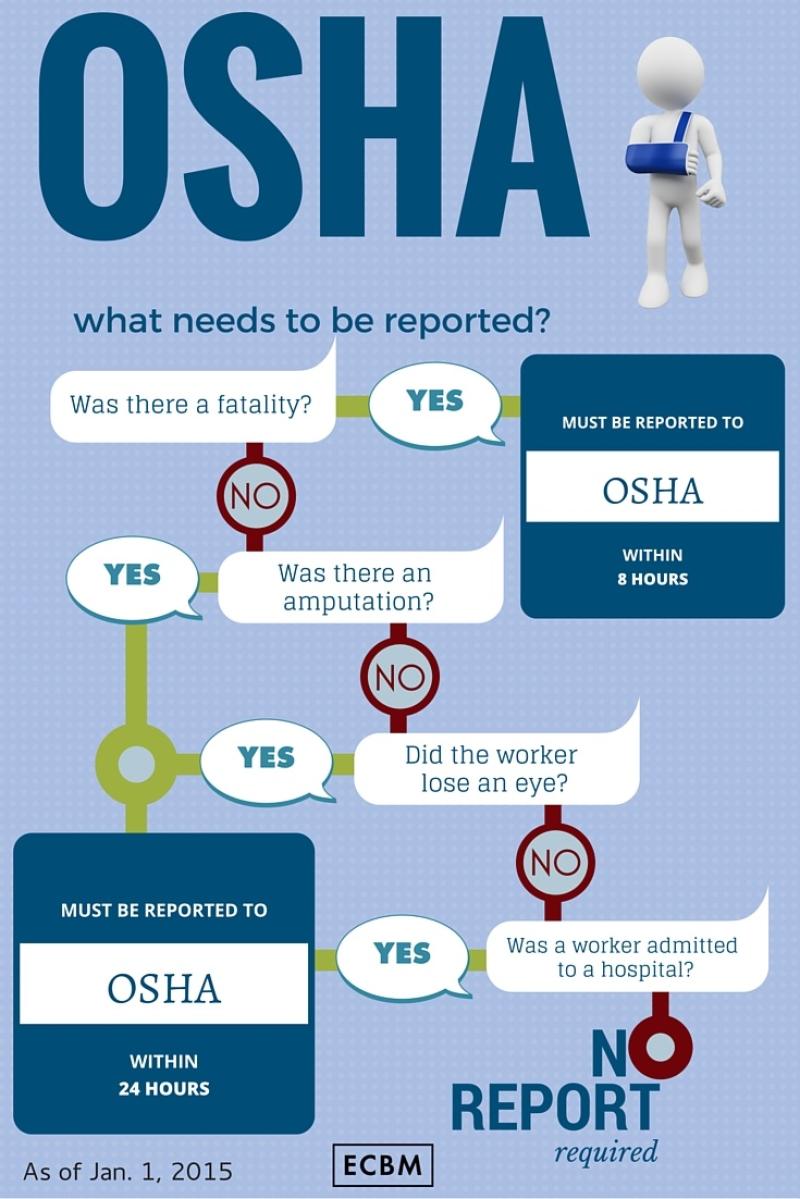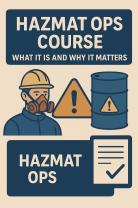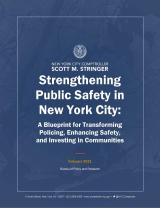What does OSHA do for us as employees?
The Occupational Safety and Health Administration (OSHA) plays a crucial role in protecting the health and safety of employees in the United States. OSHA is a federal agency under the U.S. Department of Labor, and its primary mission is to ensure safe and healthy working conditions for employees. Here are some ways in which OSHA benefits employees:
Safe Work Environments:
- OSHA sets and enforces safety and health standards to ensure that workplaces provide safe and healthy conditions for employees. These standards cover a wide range of industries and hazards, including chemical exposure, machinery safety, electrical hazards, and more.
Regulatory Compliance:
- Employers are required to comply with OSHA regulations, which establishes a baseline for workplace safety. This includes providing training, safety equipment, and implementing safety programs to prevent accidents and injuries.
Training and Education:
- OSHA provides resources, training programs, and educational materials to employers and employees. This helps workers understand their rights, recognize workplace hazards, and learn about proper safety procedures.
Whistleblower Protection:
- OSHA protects employees who report safety violations or express concerns about unsafe conditions in the workplace. Whistleblower protections ensure that employees can report issues without fear of retaliation.
Access to Information:
- Employees have the right to access information about workplace hazards and the safety records of their employers. OSHA requires employers to maintain records of work-related injuries and illnesses, and employees can request this information.
Inspections and Investigations:
- OSHA conducts inspections and investigations to ensure that employers are complying with safety regulations. If violations are identified, OSHA can take enforcement actions to address issues and improve workplace safety.
Emergency Response Planning:
- OSHA regulations require employers to have emergency response plans in place. This includes plans for evacuation, first aid, and dealing with potential workplace emergencies, such as fires or chemical spills.
Hazard Communication:
- OSHA's Hazard Communication Standard ensures that employees have access to information about the hazardous chemicals they may be exposed to in the workplace. This includes proper labeling, safety data sheets, and training on chemical hazards.
Ergonomics and Musculoskeletal Health:
- OSHA addresses ergonomic hazards to prevent musculoskeletal disorders in the workplace. This includes guidelines for proper workstation setup, lifting techniques, and other measures to protect employees from ergonomic-related injuries.
Bloodborne Pathogens Standard:
- OSHA's Bloodborne Pathogens Standard protects employees who may be exposed to blood or other potentially infectious materials. This includes healthcare workers, first responders, and other occupations with potential exposure risks.
Overall, OSHA's efforts contribute to creating workplaces that prioritize employee health and safety. By setting and enforcing standards, providing education and resources, and ensuring that employers adhere to safety regulations, OSHA helps protect employees from workplace hazards and promotes a culture of safety in workplaces across the country.
How does OSHA benefit employees in their workplaces?
OSHA plays a crucial role in ensuring the safety and health of workers in the United States, offering numerous benefits for employees across various workplaces:
Direct Protection from Hazards:
- Reduced risk of injuries and illnesses: OSHA sets and enforces standards for safe working conditions, minimizing exposure to hazards like hazardous chemicals, dangerous machinery, and unsafe work practices. This translates to fewer workplace injuries and illnesses, protecting employees from physical and emotional harm.
- Improved overall health and well-being: By addressing hazards like dust, noise, and poor ventilation, OSHA regulations help create healthier work environments, reducing the risk of respiratory problems, hearing loss, and other long-term health issues.
Empowerment and Voice for Workers:
- Right to a safe and healthy workplace: OSHA empowers employees with the right to a safe and healthy workplace, allowing them to raise concerns about unsafe conditions without fear of retaliation. This fosters a culture of safety and encourages open communication between workers and employers.
- Access to information and training: OSHA provides employees with access to safety and health information and training programs, equipping them with the knowledge and skills to identify and prevent workplace hazards. This empowers employees to take an active role in their own safety.
Increased Productivity and Efficiency:
- Reduced downtime and lost wages: By preventing accidents and illnesses, OSHA helps minimize absenteeism and lost productivity, leading to more efficient operations and increased profits for businesses. This translates to job security and higher wages for employees.
- Improved morale and employee engagement: When employees feel safe and valued in their work environment, they tend to be more engaged and productive. Knowing their employer prioritizes their safety can boost morale and foster a positive work environment.
Beyond Individual Benefits:
- Stronger communities: By reducing workplace injuries and illnesses, OSHA contributes to healthier communities with lower healthcare costs and increased economic productivity. This benefits everyone, not just employees.
- Competitive advantage for businesses: Companies with strong safety records attract and retain top talent, reducing turnover costs and boosting their reputation as responsible employers. This can be a significant competitive advantage in today's market.
Overall, OSHA's impact on employees goes beyond mere compliance. It empowers them with the right to a safe and healthy workplace, protects them from physical and emotional harm, and contributes to their overall well-being, productivity, and sense of security. While challenges in enforcement and coverage remain, OSHA plays a vital role in fostering a safer and healthier work environment for millions of Americans.











